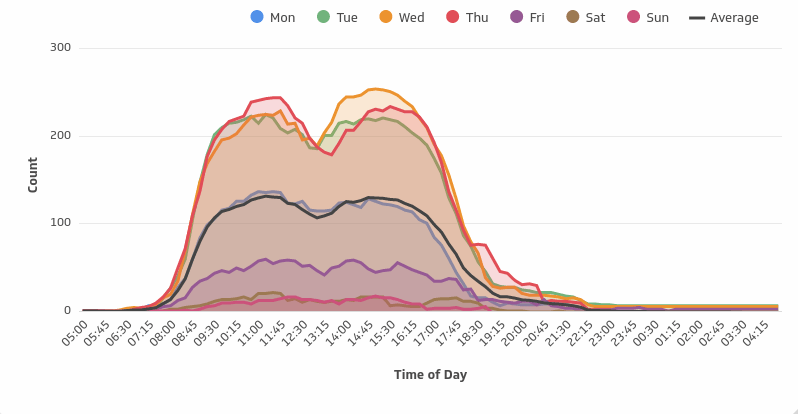With the easing of Covid-19 restrictions, employers are eager to get workers back to the office. This is proving to be no easy task. But perhaps there is a solution that lies in the middle – an intermediary that encompasses the perks of remote working while easing the pressure on building management. Hybrid working is becoming an optional requirement for many organisations.
Hybrid working is anything but simple. For one, every worker’s definition of a hybrid experience will be different. There are some who prefer to stay largely at home, only traveling into the office on occasion. Then there are those who prefer the office environment, preferring not to work from home if possible. And then there are the undecided, people who flip-flop in their preferences of workspaces.
But how can you maintain an efficient workspace and focus on your net-zero targeting, yet achieve this new requirement?
You Now Need to Know What You Don’t Know
According to Bloomberg, 39% percent of adults would consider resignation if the option for remote or hybrid working wasn’t available. Similarly, an employee could argue that not traveling into work reduces their personal carbon footprint, something that reflects their company’s overall movement towards net-zero. But remember, 25% of employees are actively looking for another job, regardless of the pandemic or hybrid work models.
The data is clear, workers are hesitant to return to the office. Pair this with the rent an employer may be paying to secure an office building that no one is working in and we’ve got a problem.
With nearly 40% of the workforce on the line, it’s clear that employers and offices have an uphill battle to keep their employees.
But how do you manage your offices with this hybrid model?
One of hybrid working’s most beneficial attributes is its flexibility, and this flexibility is crucial in times of uncertainty.
Furthermore, there is no blueprint. No method of hybridity is the same, nor does it have to be. Perhaps the focus shouldn’t be on the world returning to the normalcy of what once was, but on building towards something more inclusive for our future.
The hybrid work environment is one that is constantly evolving, and this evolution calls for a system that can accommodate such fluid changes.
Integrating Occupancy Sensors for Your Net-Zero Goals
Occupancy sensors provide real-time data on the location of individuals within a building, alerting to entrances and exits. This data can be gathered through a multitude of avenues – temperature sensors or door motion, for example – and what is provided can be hugely beneficial to building and resource management.

In this graph, certain days of the week see much higher traffic than others. The most prominent days for on-site working are Tuesdays, Wednesdays and Thursdays, with Fridays and Mondays serving as a pseudo-weekend for many employees. However, for a large-scale building as in this example, with multiple large floors, occupancy levels are still only a fraction of what they were before the pandemic.
Having access to data such as this allows for support staff and floor management teams to predict and adjust their assets and services to equal the amount of people actually in the building. For example, a catering team would know how much food to purchase and prepare for a particular day.
Not only do these factors have an impact on a building’s carbon footprint, the reduction in energy costs doesn’t go unnoticed.
With occupancy sensor use, a London-based case study illustrates that cutting energy use by 30% would deliver savings of £1.8 million, with a Return on Investment (RoI) of 40 days.
With statistics such as these, it’s not difficult to understand the importance of accurate data knowledge and the usage thereof.
By integrating a BMS and occupancy sensors, floor management teams can see where people are for optimised asset usage. Advantages like this are vital in a hybrid environment, where people’s whereabouts may not be clear and work schedules are constantly shifting.

Share your thoughts
No Comments
Sorry, the comment form is closed at this time.